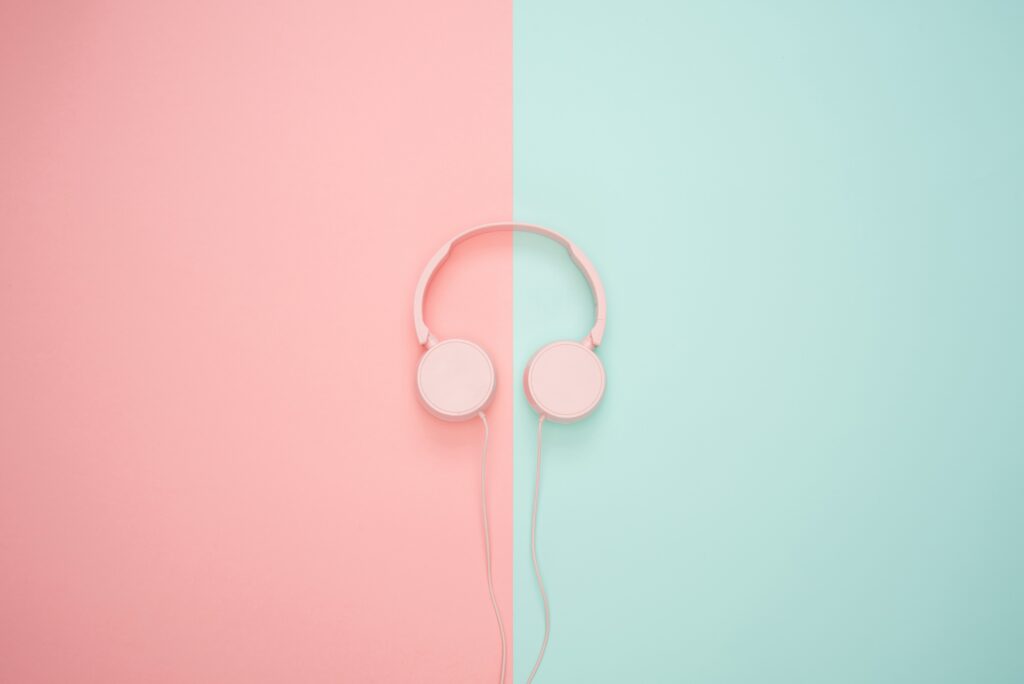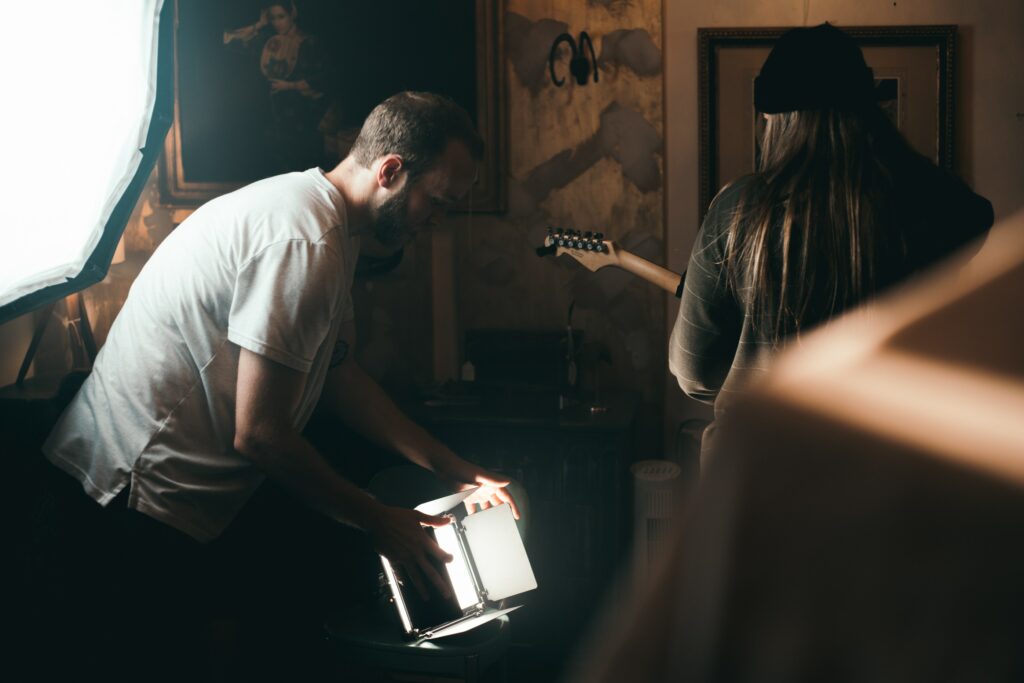These days anyone can shoot video. Hell, even the phone in your pocket right now can shoot pretty decent video with hardly any setup. That being said, there is nothing that can compare to video produced by a DSLR or mirrorless camera. If you want to start getting more professional looking video, here are a few tips that are easy to implement with fast results!
Get Better Audio

Let’s face it, you can have the most beautiful, cinematic video in the world but if you have crappy audio it is going to be considered amateur. The onboard microphones on most cameras just won’t do it so you need to think about external audio sources. Shotgun microphones are great for on the go audio recording as they can attached to the hot-shoe and feed directly into your camera so you don’t have to worry about syncing up sound later. My favorite shotgun microphone that works with most cameras is the Comica CVM-V30 Pro. This microphone has great sound quality and is comparable to the Rode series of microphones for a lesser cost.
If you want a more professional look when it comes to audio, you can try the Comica CVM-WM100 UHF Dual Wireless Lavalier Microphone System. I personally use this system with every video that has audio and the quality is amazing. You also get 2 wireless transmitters so if you are doing an interview, each person can have crystal clear audio.
Use Plenty of Light

This might seem like a no-brainer but using plenty of light in whatever video situation you are in is key. One thing I like to do is use an off-camera light to add a bit of depth to my videos. You might think you need huge studio lights to carry around to achieve this but you can get plenty of light using a small LED light panel. The one I like to use is the Raleno LED Soft Panel Light. This light is super portable, super bright and includes a built-in rechargeable battery.
Use More Shallow Depth-Of-Field

One of the major differences with you compare video taken with a smartphone and video taken with a DSLR or mirrorless camera is the ability to control the depth-of-field. If you are unsure of what Depth-of-Field is, it is basically how much of a scene is in focus. For example, if you are taking video of a person, if you use a shallow DOF (such as f/2.8 or even f/1.8) you will focus on the subject and the rest of the scene will be out of focus. Doing this will instantly make your video look more professional and and more “focus” to your intended subject.


